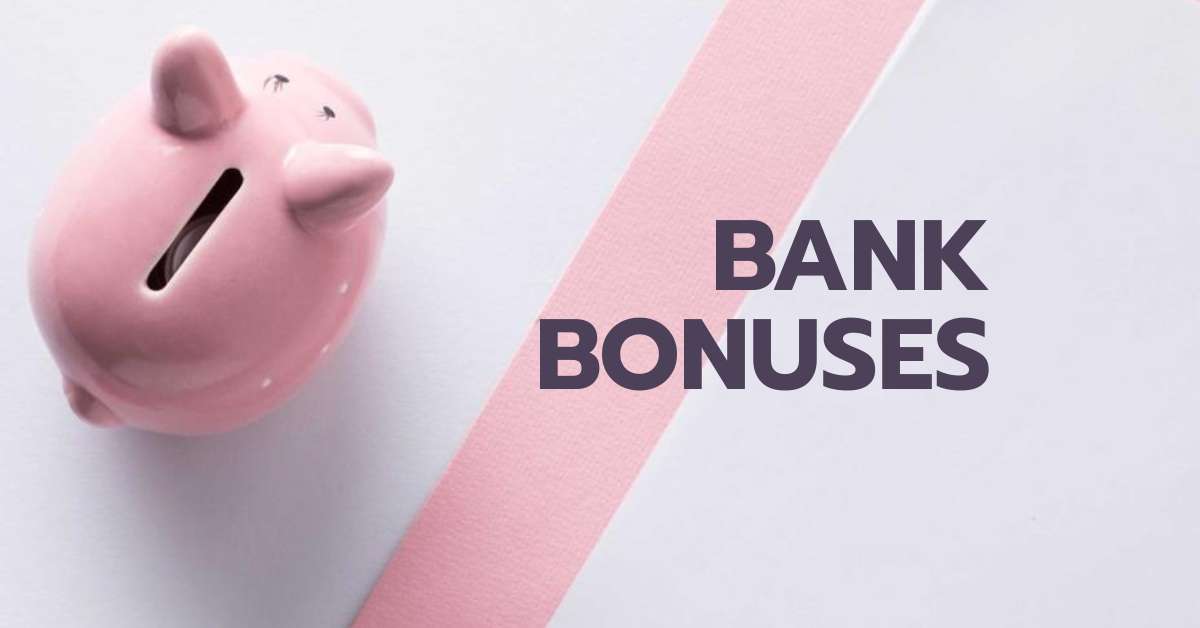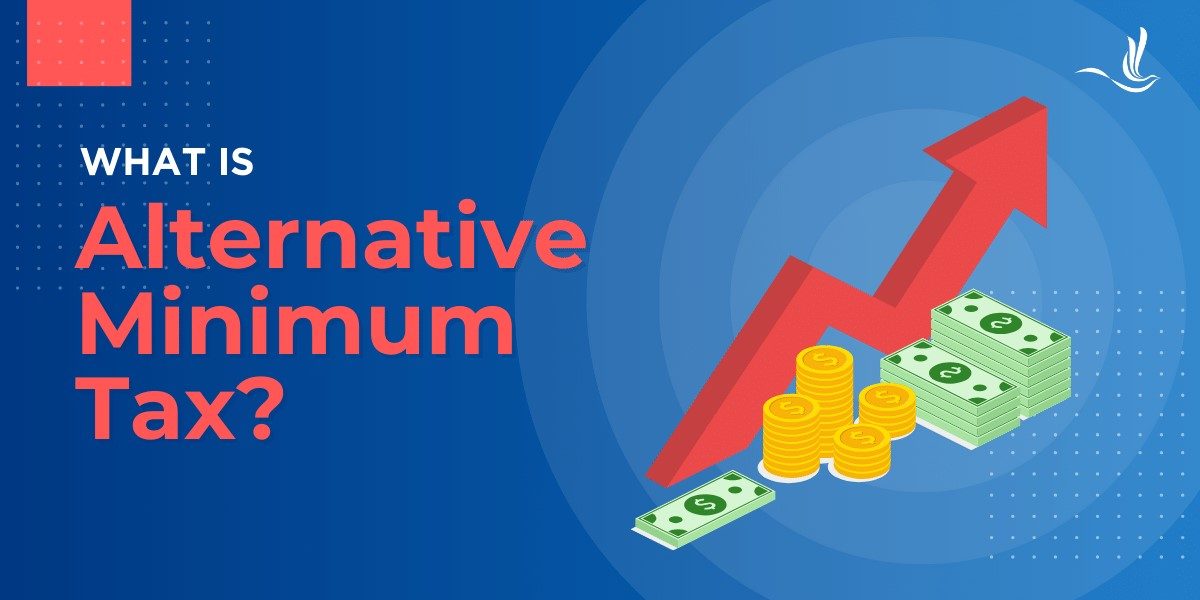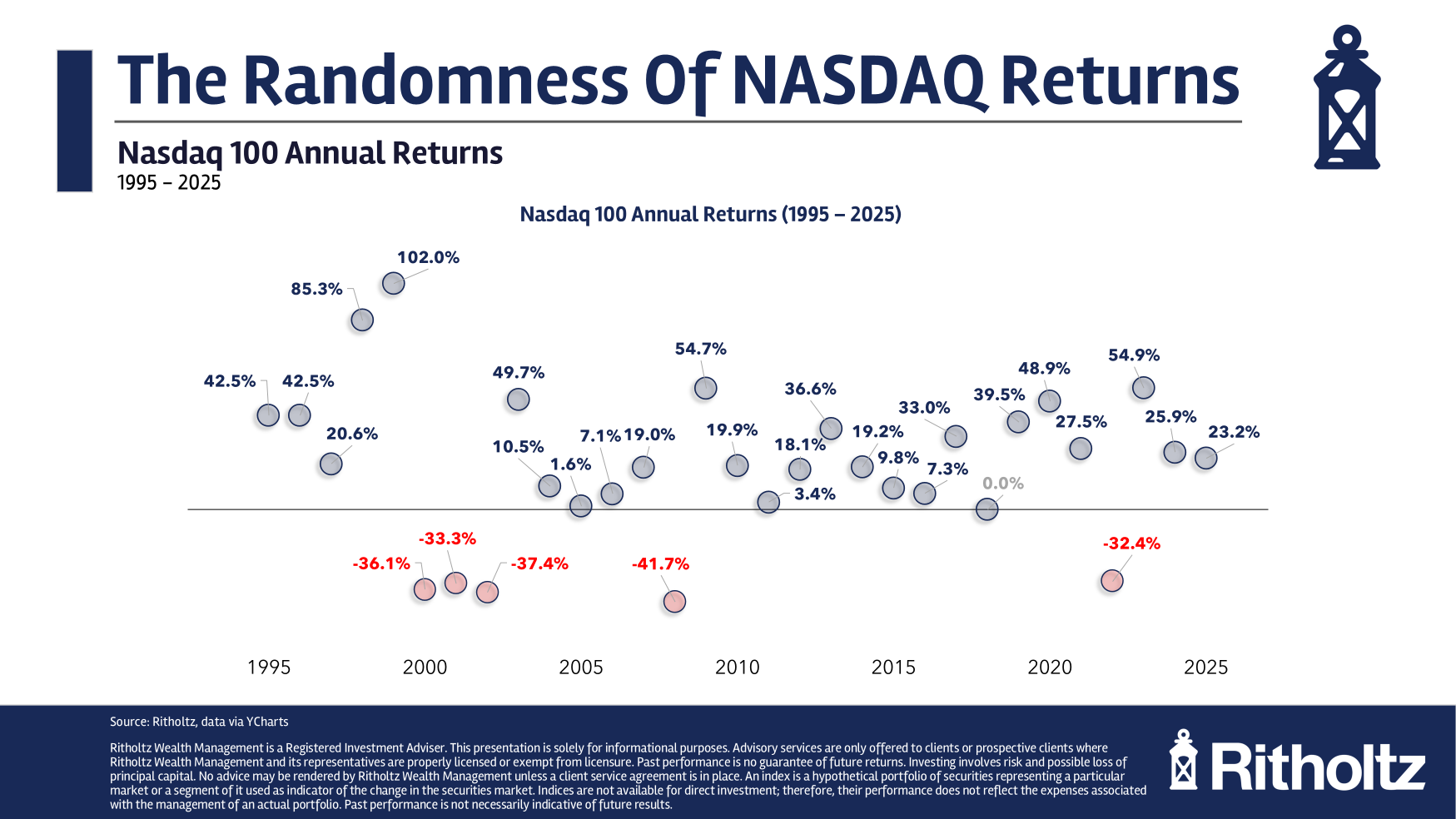Vanguard has been sending out letters to clients with SpecID as their default cost basis tracking method. This letter has caused a lot of confusion. My understanding is that they will no longer let you use SpecID for automated sell transactions, and so you will need to pick a different default cost basis method. Here are possible examples of automated sell transactions:
- Automatic Withdrawal Plan (AWP), automatically redeems shares from your Vanguard fund account and transfers the funds to your bank account on a regular, recurring basis.
Per Vanguard, this service is “ideal for IRA shareholders who are age 59½ or older and want to draw income from their IRAs”. But I’m assuming this works on taxable accounts as well.
- Vanguard’s free automatic RMD service, which takes out exactly the amount of required minimum distribution each year.
- Vanguard Digital Advisor and Personal Advisor, which manages and may sell shares to rebalance your portfolio for you.
This change makes intuitive sense as how would Vanguard know which tax lots you want to specify if it’s an automated sale? How did they even do it in the past? I am guessing you have to tell them within a certain window of time.
However, for manual sell transactions, you can still use SpecID and specify exactly which tax lot you want to sell. I don’t have any automated systems set up, so I am not concerned about this change.
I will note that Vanguard now only allows SpecID on market orders, and not limit orders. I don’t really understand why this is the case (as long as you don’t have multiple limit orders outstanding), but it is what it is.
Here is the full text of the letter:
Action needed: Choose an automated cost basis method
Dear Vanguard Investor:
We noticed you’ve selected specific identification (SpecID) as your preferred cost basis method for certain holdings in your account. While you’ll still be able to use SpecID for individual transactions, we’re updating our preferred cost basis settings to include these automated methods only:
• FIFO (first in, first out)
• MinTax (minimum tax)
• HIFO (highest in, first out)
This change will take effect in August 2025. If you don’t select one of the automated methods as your preferred cost basis method by then, we’ll automatically set your default to FIFO.
You can update your preferred method anytime by logging in to your account at vanguard.com or by contacting Vanguard. This update won’t affect any pending transactions.
Why are we making this change?
SpecID requires you to manually identify specific lots for each sale or transfer, which makes it incompatible with automation. In some cases, such as automatic distributions, IRS rules may default your trade to FIFO if SpecID instructions aren’t provided by the settlement date, which could potentially result in unfavorable tax consequences.
By switching to an automated method, you’ll still have the flexibility to use SpecID at the time of a transaction, while also benefiting from having additional automated options beyond FIFO.
To leam more about cost basis methods and your available options, please visit vanguard.com.
What’s changing on the website?
Your online experience will remain the same. You’ll continue to select your preferred cost basis method on vanguard.com.
You can still choose SpeciD when placing a trade or requesting a transfer by updating the cost basis instructions at the time of the transaction using our website or app.
If you don’t update your default from SpeciD to an automated method, we’ll set it to FIFO per IRS rules. Open orders won’t be affected.
If you do have automated sales, which option should you choose? As Vanguard states, each method has its own sets of pro and cons. First, I think it is very important to understand that the “MinTax” algorithm does not guarantee that you end up with the minimum tax owed! It’s a very crude algorithm with the following priorities:
Our system prioritizes your tax savings by selecting to sell securities in the order listed below:
Short-term capital loss from largest to smallest.
Long-term capital loss from largest to smallest.
Short-term zero gain or loss.
Long-term zero gain or loss.
Long-term capital gain from smallest to largest.
Short-term capital gain from the smallest to largest.
This means that MinTax will choose to trigger a $1,000,000 long-term capital gain before a $1 short-term capital gain, simply because the tax *rate* (percentage) is the same or lower on the long-term capital gain.
Meanwhile, the absolute tax incurred may be very different – see this real-life example that created a large unwanted tax bill. Mentally, I think of the name as “MinTaxRATE” and not “MinTax”.
Some folks may want to consider the HIFO (Highest In, First Out) method as it minimizes the total capital gains amount, but doesn’t take into account short or long-term holding periods. But again, every situation is different. If you don’t tell Vanguard anything, then FIFO (First in, First Out) is the default, which may create some large capital gains since they will be selling your oldest tax lots.
I’d pick MinTax over FIFO.
I will probably choose HIFO, just as the backup setting with no plans to actually use it. I personally don’t like automated selling systems and prefer SpecID as I have complete control as to how many gains I want. For example, sometimes you have some tax brackets to fill, and you may actually want more capital gains in a certain year. Perhaps you have a lot of carryover losses and want to offset them.
Disclaimer: This story is auto-aggregated by a computer program and has not been created or edited by finopulse.
Publisher: Source link








